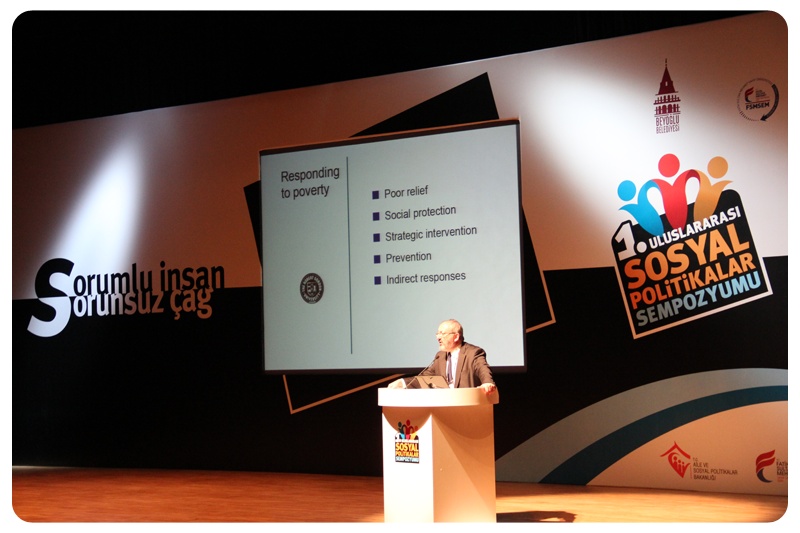I read the report on the consultation on same-sex marriage with a certain professional interest: my team processed the previous consultation on civil partnerships in 2004. Nicola Sturgeon was subject to some hostile questioning on Newsnight Scotland about the treatment of the consultation, on the basis that a majority of respondents were clearly opposed in principle. But a consultation is not a sort of referendum; the purpose is not to count heads, but to make sure that a full range of views is taken into account.
Part of the problem is that consultations are presented as if the proportion of respondents mattered. We wrote in our report:
The consultation was not in any sense numerically representative, and caution should be exercised in interpreting the pattern of responses on the basis of majorities or minorities. The validity of a consultation depends, not on numerical representation, but on the extent to which it succeeds in representing and giving voice to diverse groups and shades of opinion. … A quantitative analysis does not really do justice to the range and diversity of responses. Many responses did not follow the pro-forma. Some responses respond to one question with the answer to another; others try to shoehorn issues under ill-fitting headings. … Where issues are raised by several respondents, this has the effect of cross-validation and reinforcement. This is the primary basis of analysis. However, it is also true that isolated responses may raise issues of importance: … where there are complex legal issues to unravel, particular responses also pose specific problems, cite examples and identify conflicts. In these circumstances we have recorded these concerns and sought to report on issues which require resolution.
This was reported in the press as saying that “Most Scots back plans to recognise gay marriages as legal, according to a study by the Robert Gordon University.” (Aberdeen Press and Journal 6.2.04) The Daily Mail headline (17.2.04) complained that “Same-sex marriage survey was hijacked by gay rights lobby” and that the consultation was “flawed” because several similar responses had come in from Stonewall.
From which I take it that either the press don’t understand what a consultation is about; or that they don’t bother reading the reports; or that the whole issue is so emotive that they will only read what they want to read. Possibly all three.
